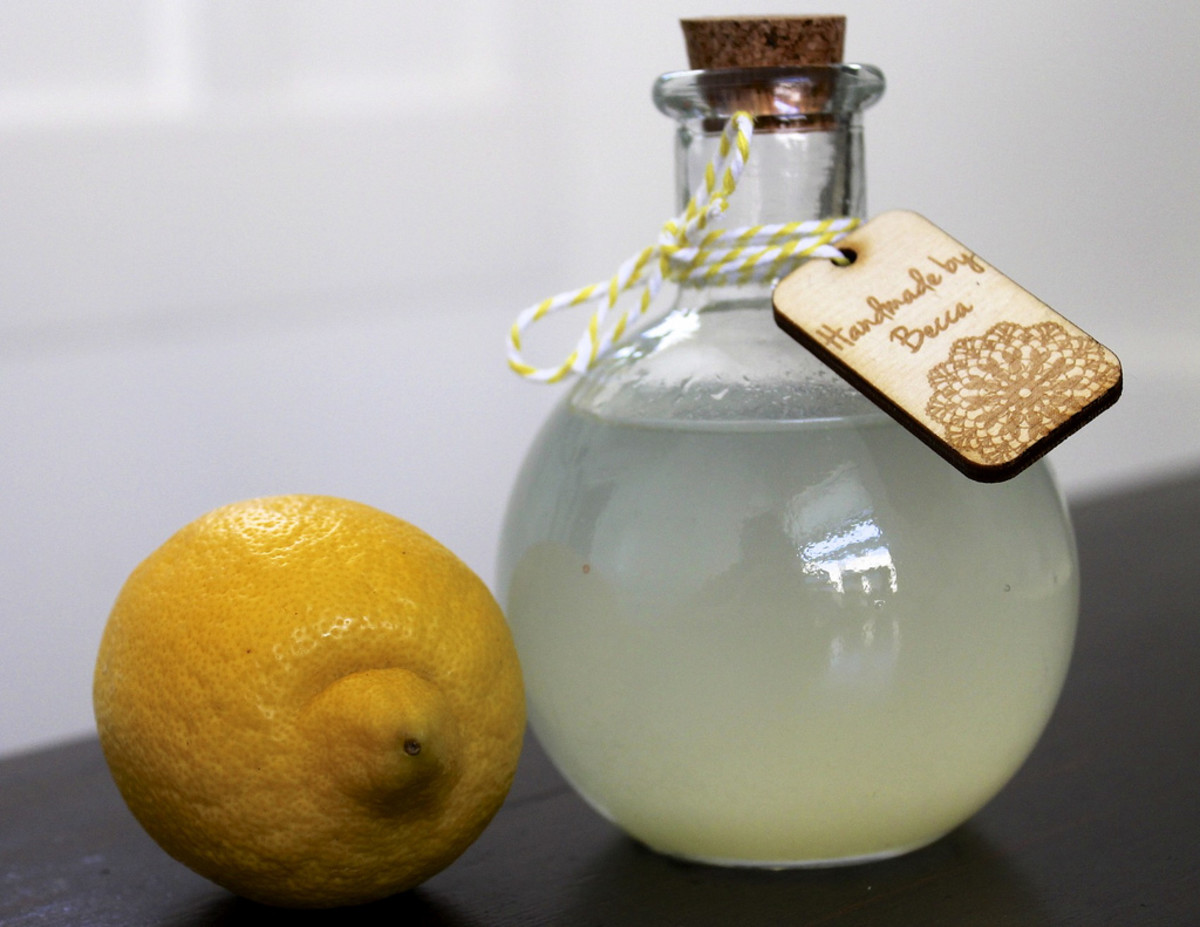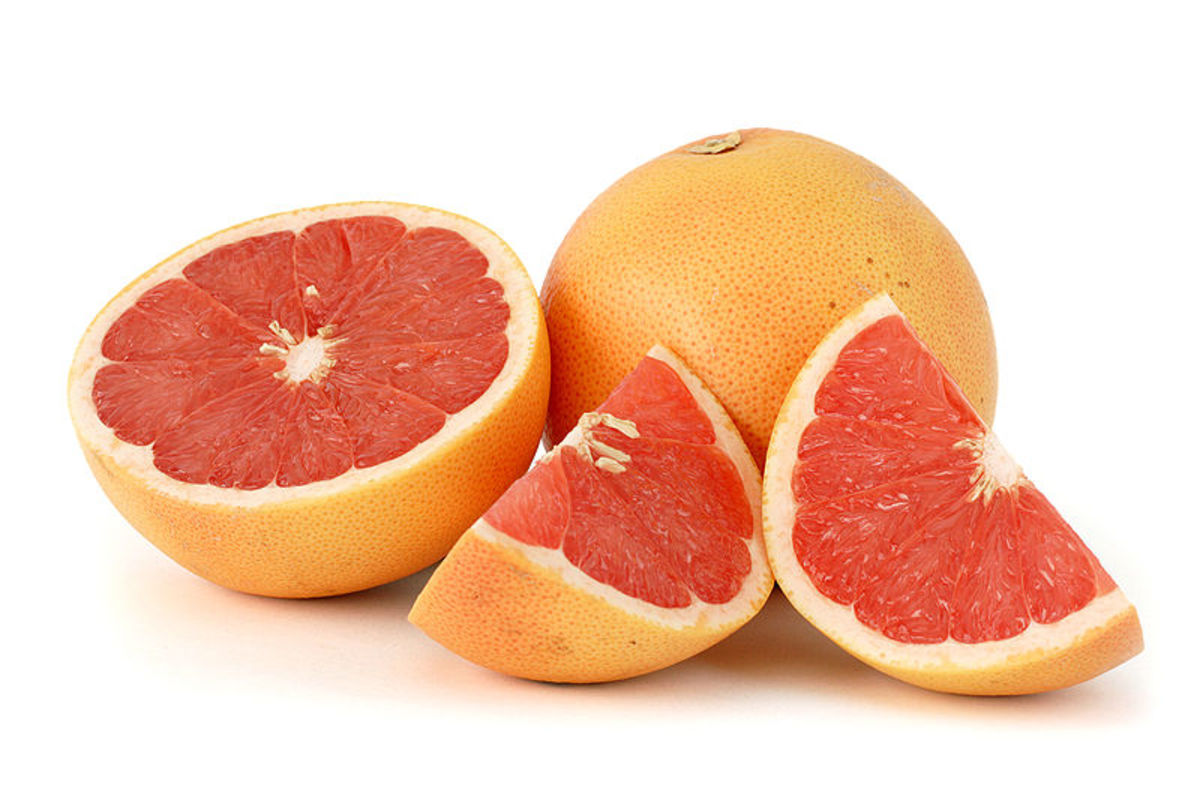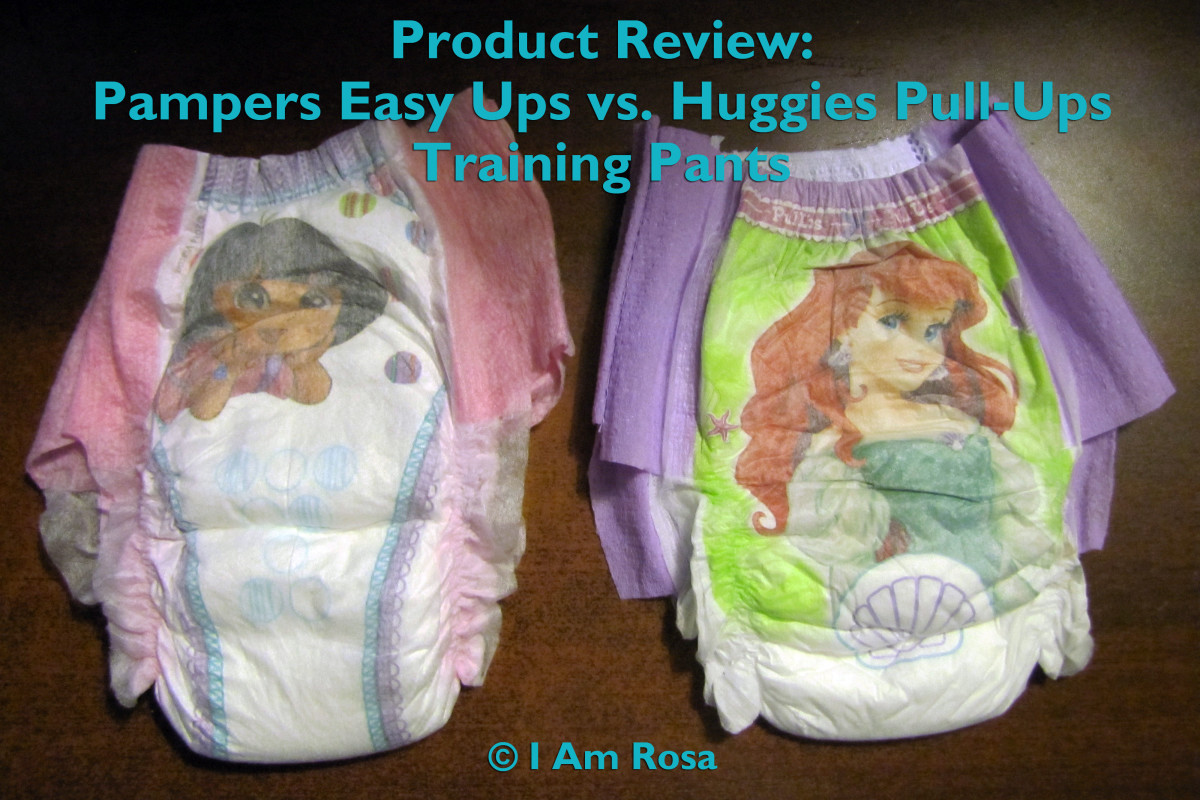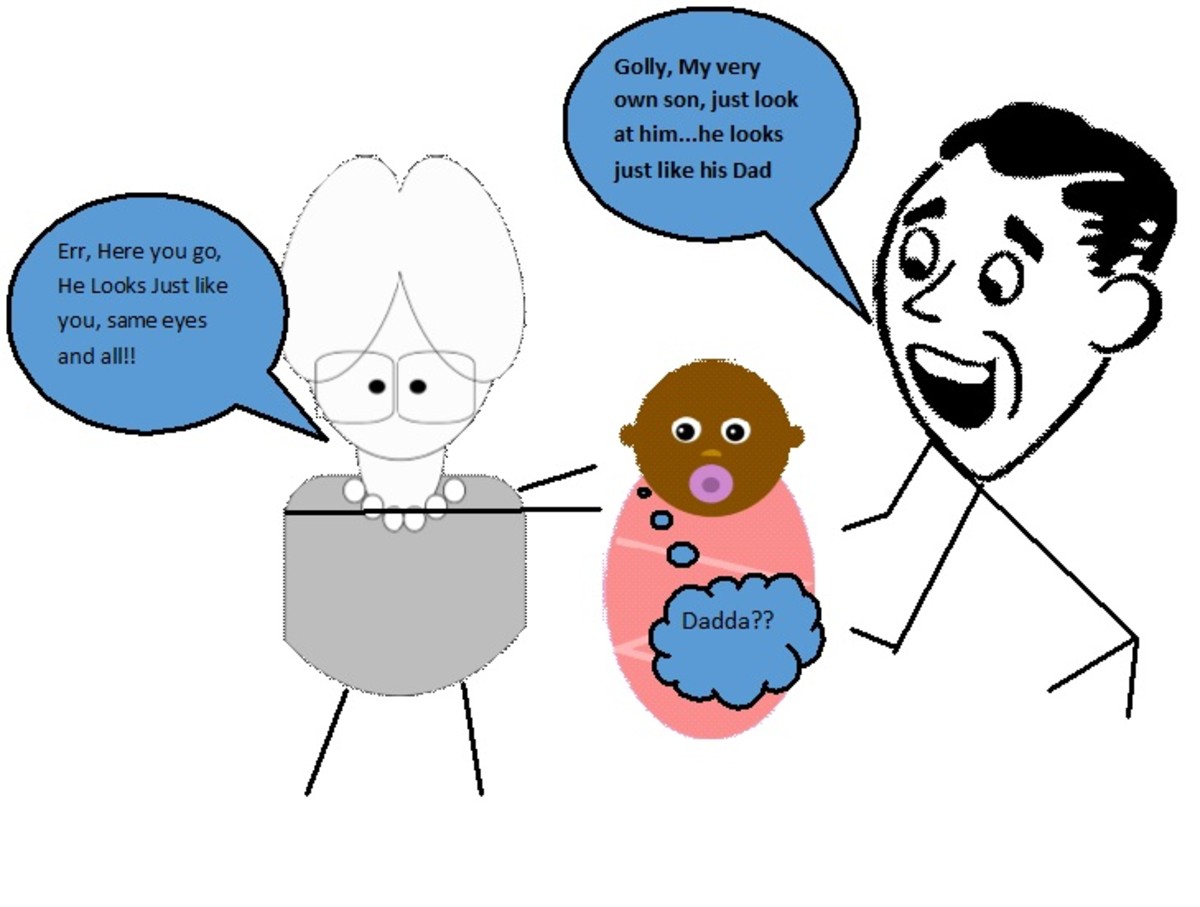Antibacterial Products: Unnecessary and Dangerous
It is impossible to watch more than a few minutes of television without encountering the familiar phrase "kills 99.9 percent of bacteria" in reference to some sort of santizing product. What a generic statement: 99.9 percent. What kind of bacteria does it reference? What about normal soap and water without these antibacterial properties, what percentage of bacteria do they clean off? Finally, what makes some soaps or cleansers antibacterial and should the chemicals that do it really be coming into contact with human skin? There are many questions which the advertisements skirt around.
There is a danger in modern antibiotics that if they are not administered correctly, their use can select for the formation of strains of pathogen which are then immune to that antibiotic. In fact, in a paper titled "Triclosan and antimicrobial resistance in bacteria: An overview," it is stated that one of the most common ingredients in recent antibacterial agents, triclosan, is under critical review due to accusations that "it may cause some bacteria to become resistant to commonly used drugs such as amoxicillin" via several proposed methods, including simple transformation of bacterial DNA containing the resistance gene (1). In concentrations up to .1 percent by volume, the antibacterial agent produces resistant bacteria.
Of course companies are not required to use these findings when designing home products, so many of the products currently on the market have less than .1 percent triclosan. As though the addition of dangerous superbugs to the environment were not enough, triclosan is also non bio-degradable, showing up as sludge and waste years later. He suggests the use of Purell, which contains simple alcohols without the waste products.
Online newsletter "The Daily Green" quotes Dr. Stuart Levy (an expert on drug resistance and adaptation) as saying that "No current data demonstrate any health benefits from having antibacterial-containing cleansers in a healthy household"(2). Other sources are more conflicted. "Hygienic interventions, especially frequent hand washing with plain soap and the use of alcohol-based hand sanitizers, remain the cornerstone of efforts to prevent recurrent infections." says a report on dealing with the infection MRSA (3). However, normal soap is still put on level with hand sanitizer.
Even the American Medical Association has recommended that it not be used in the home, yet about fifty percent of cleaning products contain these controversial chemicals. They also show up in unlikely places, such as toothpaste, kitchen appliances, shower curtains, and bedding (2). This could be having a negative effect on children, since exposure to bacteria can help an individual become more resistant to infection in the long term. The FDA recently came down hard on the makers of a hand sanitizer for "unlawfully" suggesting that it protected children for up to 3 hours (4). When a person's immune system first reacts to any bacteria, it has to create new T cells for that specific threat. Once the threat is defeated, there is a memory in the immune system of how to create those cells. The next time the person comes into contact with the threat, response is more rapid and extreme. Thus if a person's exposure to a bacteria has been consistent throughout their life, they are less likely to ever become seriously ill by it.
Siamak P. Yazdankhah, Anne A. Scheie, E. Arne Høiby, Bjørn-Tore Lunestad, Even Heir, Tor Øystein Fotland, Kristine Naterstad, Hilde Kruse. 2006. Microbial Drug Resistance. Mary Ann Liebert, Inc. 12(2): 83-90.
http://www.thedailygreen.com/living-green/blogs/green-products-services/antibacterial-soap-55073001 [ This site seems reputable because, with a little use of google and lib.asu.edu, the studies the article references were easily found and verified. Due to their belief in the environmental effects of Tryclosan, however, it is possible that they may have exaggerated the effects.]
Buckingham, Steven. 2008 Prevention of recurrent MRSA skin infections: what you need to know. 48(13): 1031.
http://www.thedailygreen.com/environmental-news/latest/6858 [ This site seems reputable because, with a little use of google and lib.asu.edu, the studies the article references were easily found and verified. Due to their belief in the environmental effects of Tryclosan, however, it is possible that they may have exaggerated the effects.]









